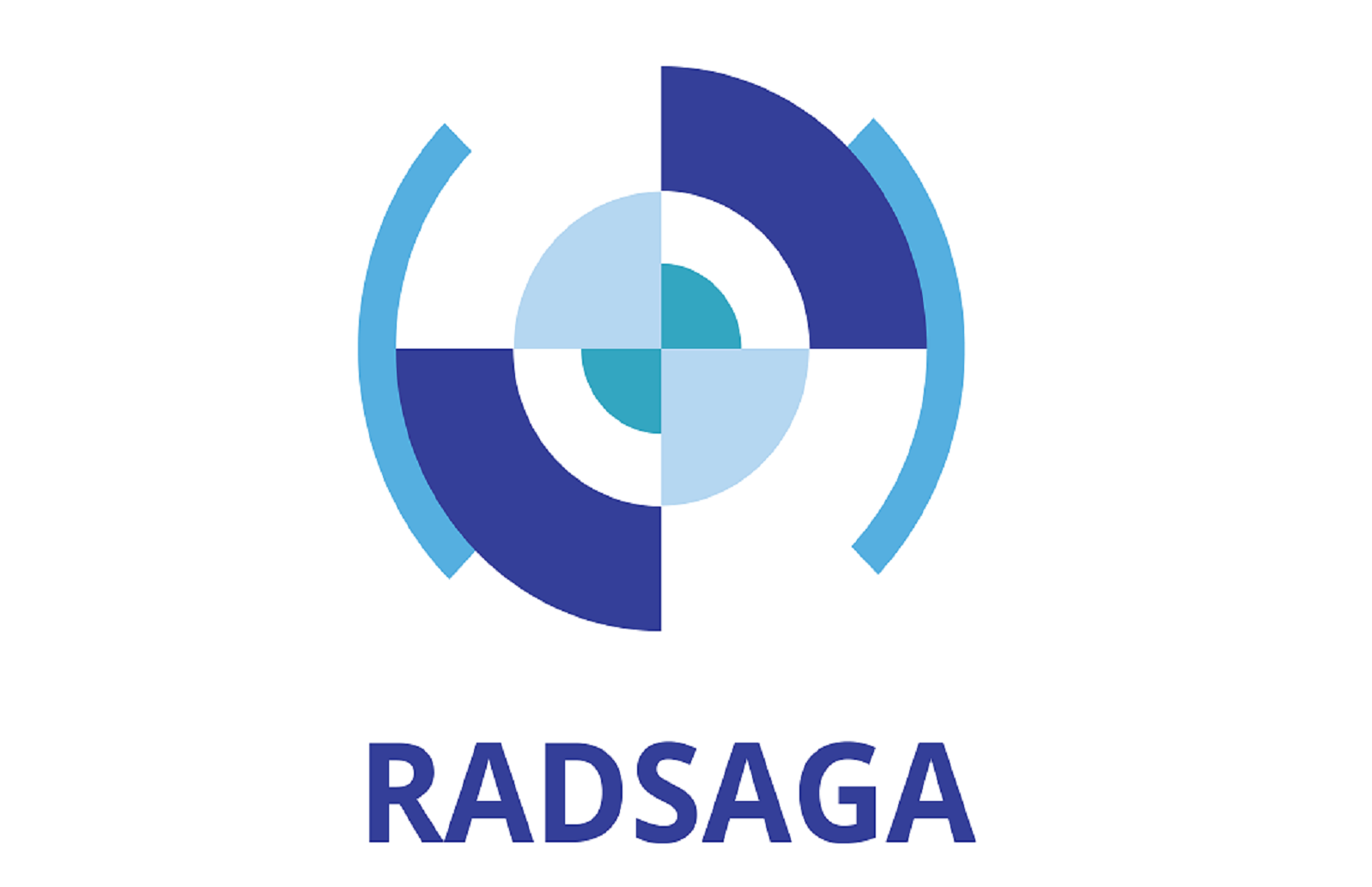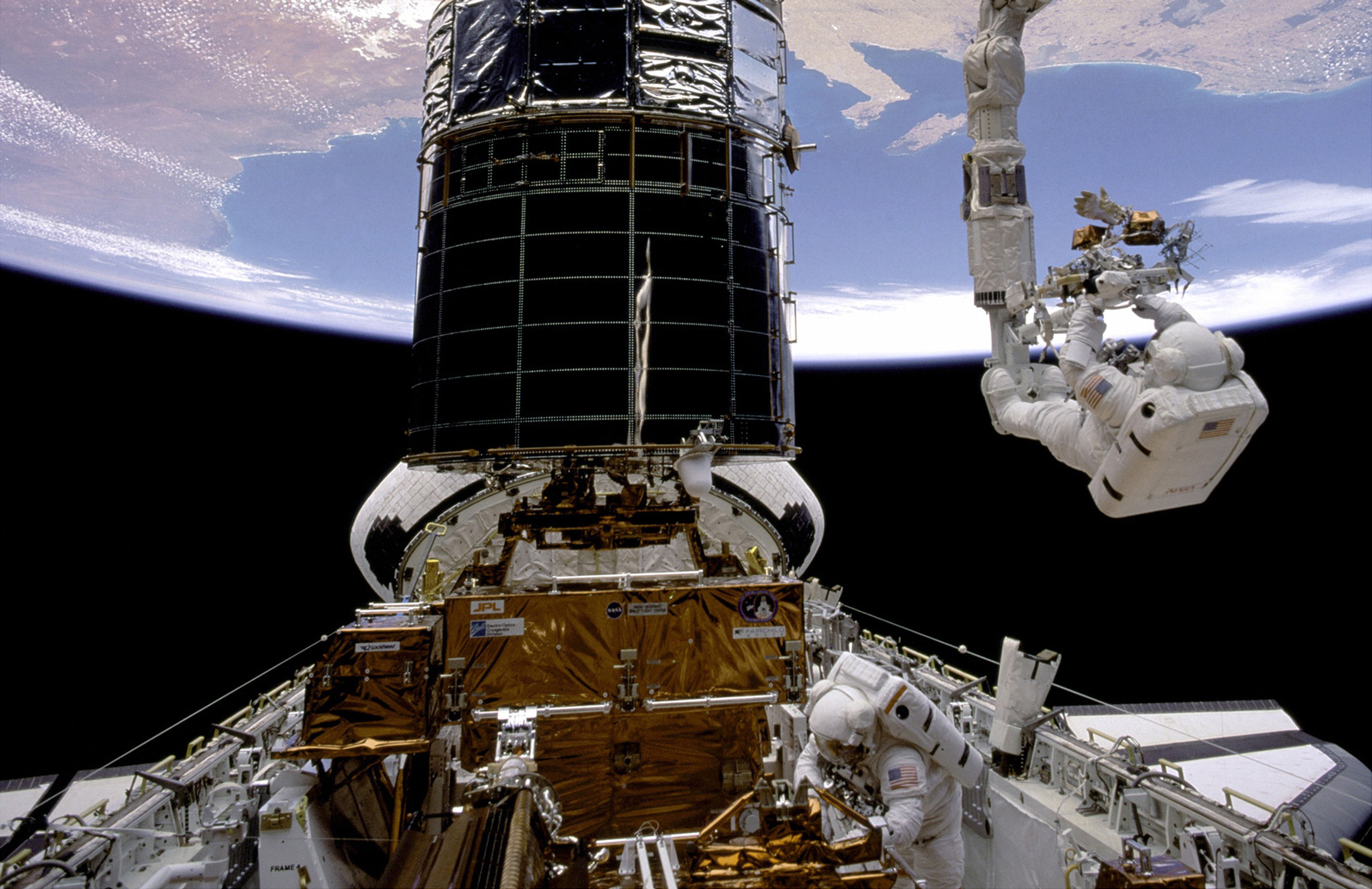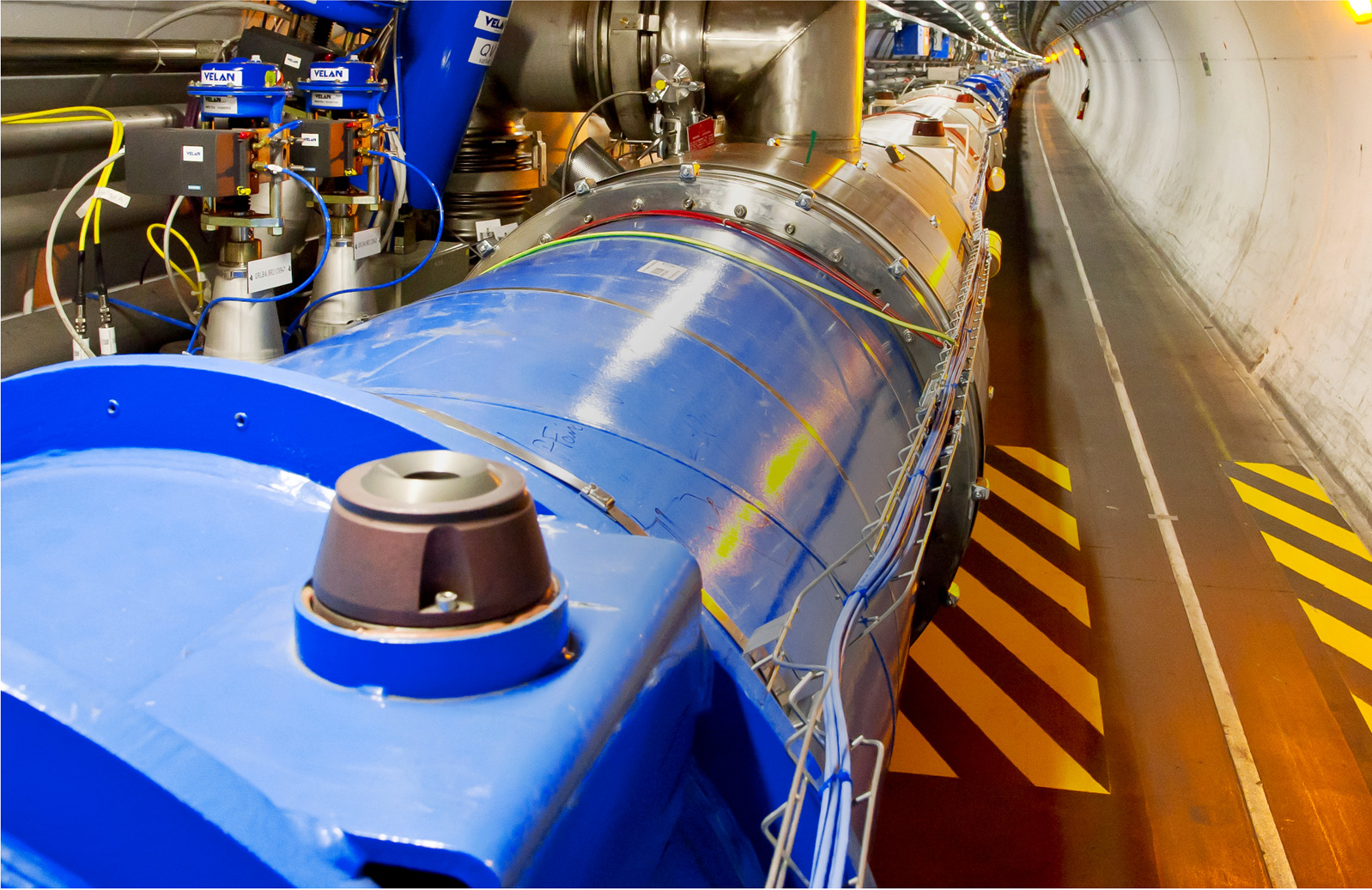Short abstract:
New power device technologies (SiC, GaN, smart power) are very promising. However, a lot has still to be done to address the new degradation mechanisms of wide band gap power technologies. This study is essential to address the technological evolution of next generation on-board satellite power systems. The PhD work will investigate both the sensitivity to radiation (mixed field) of COTS power technologies (silicon, wide band gap, smartpower) and the impact of radiation-induced degradation on the time-to-end of functionality of the global system. This work aims at determining if, besides their appealing electrical performance, next generation power devices can meet the space applications’ requirements in terms of radiation behaviour. Devices under investigations will come from four different technologies: Si, SiC, GaN and smart power (including both driver logic and power stages). Very few or no results of the coupled aging and radiation effects exists for innovative power technologies. This ESR will profit from the basic mechanism analysis of ESR4 and its findings will be incorporated in ESR’s 15 guideline.
Long abstract:
Since the very beginning of the space conquest, space environment has been one of the major challenges for the operation of the space systems. Beyond some obvious military strategic interests, one can find many civil applications in space, such as earth observation (SPOT4, ERS-1, ERS-2) and navigation (GALILEO). Even though such applications have been remarkably developed from a technological viewpoint, one cannot neglect the effects on these systems by the harsh radiation environment in space.
Power devices are the key components for space applications. They are indeed used within energy conversion systems and are basically in the core of any satellite's power supply. Space is a harsh environment where embedded power MOSFETs are exposed to a strong radiative stress, which is known to affect the overall system reliability. Thus, ensuring the reliability of power stages is the first step to achieve when securing embedded electronics in space.
Basically, power MOSFETs share many of the radiation induced issues exhibited by MOS transistors (e.g. shift in threshold voltage, increase in on-resistance, decrease in transconductance...). However, compared to signal transistors, power MOSFETs have a lower doping and thicker insulation layers which make them more sensitive both to ionizing dose effects and to catastrophic single event phenomena, e.g. single-event burnout (SEB) and single-event gate rupture (SEGR). In both cases, the device will experience a high leakage current that may not be acceptable in a circuit application. SEGR and SEB are the two primary kind of catastrophic phenomena that can destroy the functionality of a power MOSFET, and thereby the whole system. One part of the study will, in particular, focus on how such a degradation in the devices might impact the reliability of the whole system. In this way, a reliability studies will be performed on degraded devices.
So far, an extensive work has been done for assessing the reliability of embedded standard vertical power MOSFETs. Looking forward to power devices that might be embedded in the future, wide bandgap power devices seem to offer an interesting trade-off with high voltage, high frequency and high temperature capabilities. However, their radiation behavior along with cumulated ionizing dose as well as the impact of combined effects such as dose/SEE, aging/dose or aging/SEE, have not been extensively investigated yet.
This work aims to determine if, besides their appealing electrical performances, next generation power devices can meet the space applications' requirements in terms of radiation behavior. Devices under investigations will come from three different technologies (Standard Si, SiC and GaN). The Université Montpellier 2 will offer the access to its Co60 radiation facility for dose irradiation and the access to laser facility for single-event effects characterization. The University of Jyväskylä will offer access to heavy ion beam facility for SEE testing.
Deliverable & Milestones Lists:
- Report @ M6.
- Report @ M18.
- Report @ M36.
- Choice of technologies to be tested.
- Test bench development.
- Identification of non hardened TID sensitive technologies.
- Starting SEE and TID tests.
- Study of time to end of functionality on degraded under radiation devices.
- Assessment of mixed field constraint.
- SEB modeling.
Beneficiary:
University of Montpellier
Supervisor:
Prof. Antoine Touboul (University of Montpellier)
Co-supervisor:
Prof. Ari Virtanen & Dr. Arto Javanainen (University of Jyväskylä)
Planned secondments:
[total: 10 months]: ADS (R. Mangeret): [5m] Industrial requirements and specifications; design/component constraints training; testing YOG (Dr R. Mariani): [1m] For learning about reliability requirements and characterization approach of power components in the automotive industry; CERN (Dr R. Garcia Alia), UU (Assoc Prof A. Prokofiev), ISIS-STFC (Dr C. Frost), PSI (Dr W. Hajdas): [2m] To obtain experimental data on identified devices; JYU (Dr A. Javanainen): [2m] for additional heavy ion facility
Position has been appointed to Kimmo Niskanen. Click here for Profile.




